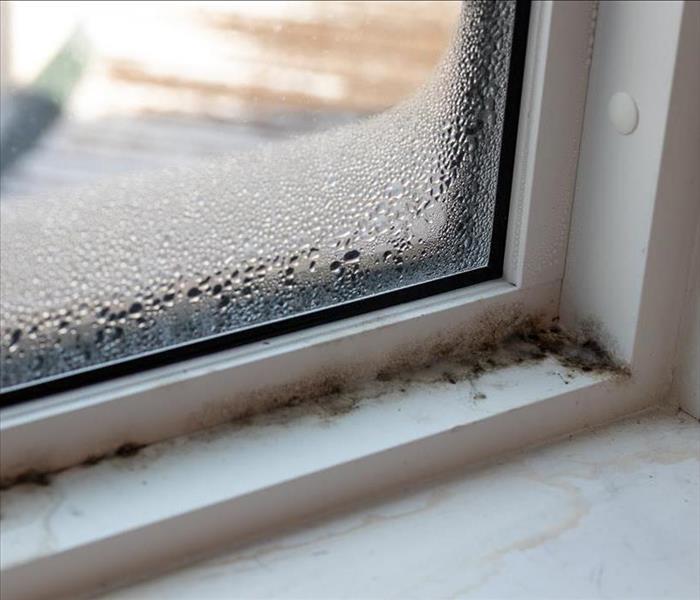Hotspots for Mold Growth in Your Home
6/3/2021 (Permalink)
 Mold requires a dark, humid, and moist environment to grow, which can be found in many places around the house.
Mold requires a dark, humid, and moist environment to grow, which can be found in many places around the house.
According to the documentary “Moldy”, the first ever documentary about toxic mold, 50% of all homes in the Unites States have mold related issues. Additionally, 28% of the population in the United States are genetically predisposed to mold-related health effects. Moldy demonstrated how mold is commonly found lurking in leaking roofs, incorrectly installed showers, and many other places within the home.
Mold requires a dark, humid, and moist environment to grow, which can be found in many places around the house. The best way to prevent mold grow is to be aware of the hotspots in your home and know how to prevent and treat the substance.
Here are the most common hotspots for mold growth in the home.
Bathrooms
Bathrooms are definitely present some of the biggest risk for mold growth in your house. Due to excess amounts of moisture, levels of humidity, and insufficient ventilation, the conditions become very susceptible for mold to grow. The most common places in the bathroom include shower stalls, around bathtubs, and underneath and behind toilet tanks but can also be found on tiles, shampoo bottles, loofahs, shower curtains, or any place where water can pool.
Because most bathroom fans do not ventilate the room properly, you should try to leave the fan on for 20 minutes after a shower to prevent mold growth.
Kitchens
Similar to the bathroom, there are many places within the kitchen that has optimal conditions for mold growth, such as underneath kitchen sinks or refrigerators. Especially under the kitchen sink, residue from food and sponges can act for a catalyst for mold growth, in addition for plenty of moisture. Additionally, the fridge provides a place with food, water, and darkness where mold can easily grow. This mold can often be removed with some cleaner, but if the issue is not going away it may be a part of a bigger problem.
Carpeting
Carpeting in your home can easily capture and retain dirt, and with the combination of potential flooding or leaks, this can easily become a hotspot for mold in your home.
To avoid mold growth under carpeting, try to make sure your carpet is free of any excess moisture, has access to proper airflow, and that any potential leaks or spills are taken care of immediately. Unfortunately, if your carpet becomes invested with mold, it will likely need to be removed and replaces.
Air Conditioning Units
Mold growth is especially problematic in air conditioning and other ventilation systems because the air movement can easily spread the mold to other parts of your home. As the air conditioning works, moisture and dust are pulled into the machine, and with no access to light, it becomes a perfect place for mold to grow. If there is mold in your air conditioning unit, every time the unit is on it can blow tiny and invisible mold spores into the room, spreading it to other areas. This can be avoided by frequently cleaning and replacing the air filter in your unit.

 24/7 Emergency Service
24/7 Emergency Service